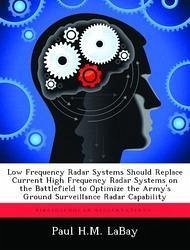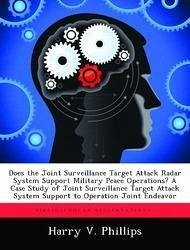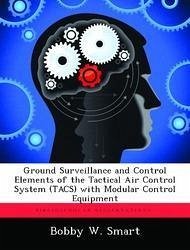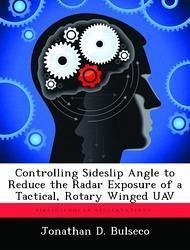Nicht lieferbar

A Comparison of Horizontal Cloud-To-Ground Lightning Flash Distance Using Weather Surveillance Radar and the Distance Between Successive Flashes Met
Versandkostenfrei!
Nicht lieferbar
On April 29th, 1996 an airman servicing a C-130 aircraft on Hurlburt AFB Florida was struck and killed by a lightning flash that traveled an estimated 7 to 10 miles from storms south of the airfield. Ten other workers were injured in the incident. The fatal flash occurred just 8 minutes after the base weather station allowed a lightning advisory to expire. The incident brought to question the adequacy of lightning advisory criteria. Very little research has been done on the horizontal distance that cloud-to-ground lightning flashes travel from the center of a thunderstorm. This thesis used the...
On April 29th, 1996 an airman servicing a C-130 aircraft on Hurlburt AFB Florida was struck and killed by a lightning flash that traveled an estimated 7 to 10 miles from storms south of the airfield. Ten other workers were injured in the incident. The fatal flash occurred just 8 minutes after the base weather station allowed a lightning advisory to expire. The incident brought to question the adequacy of lightning advisory criteria. Very little research has been done on the horizontal distance that cloud-to-ground lightning flashes travel from the center of a thunderstorm. This thesis used the WSR-88D method, which used the WSR-88D Algorithm Testing And Display System (WATADS), to calculate the distance from a lightning flash to a thunderstorm centroid.











